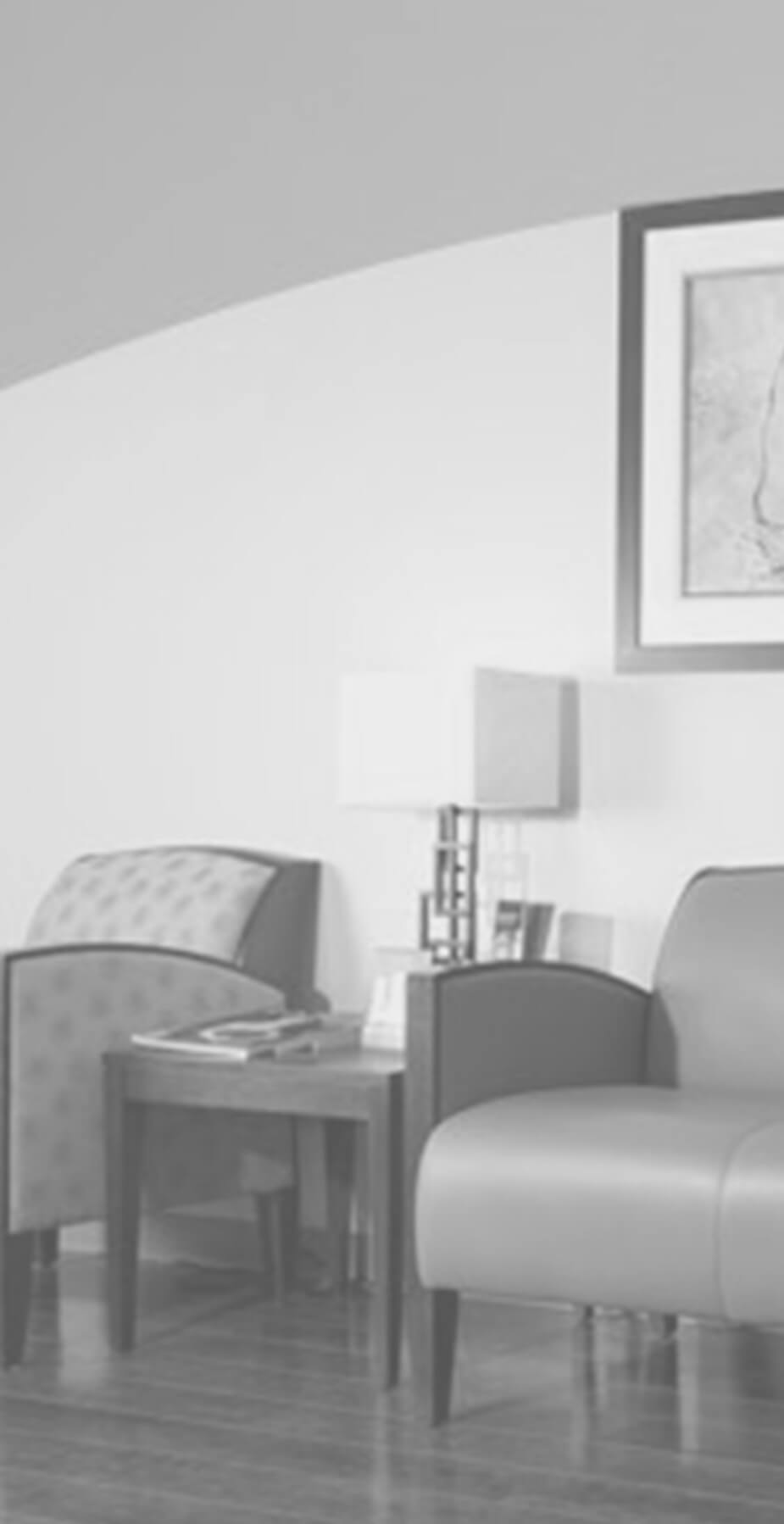
Fat freezing is a non-invasive way to trim diet- and exercise-resistant bulges of fat without the need for surgery. In 2010, the FDA approved CoolSculpting® as a targeted fat-reduction method, and it remains the only FDA-approved fat-freezing treatment. It is booming in popularity as more and more people discover its long-lasting body-contouring benefits.
Does fat freezing with CoolSculpting really work? Let’s find out.
What Is the Science Behind CoolSculpting?
CoolSculpting was developed based on the scientific discovery that fat cells are more sensitive to cold than other tissue is — tissue such as skin and muscle that typically lie next to fat in the body. At a specific low temperature, fat cells crystallize and are permanently damaged while surrounding tissue is unaffected or only mildly irritated. After being frozen, the damaged fat cells are processed out of the body as waste while other tissue remains intact and healthy. This process of destroying fat cells by freezing has a medical name: cryolipolysis.
The developers of CoolSculpting perfected a method of surrounding pinchable bulges of excess fat with a deep-chilling device calibrated precisely to that fat-damaging temperature. A few weeks after treatment, the area is noticeably slimmer. And when fat cells are removed from a part of the body, new fat cells don’t reappear there. The remaining fat cells may grow larger with weight gain, but the treated part of the body remains proportionally thinner forever.
What Research Shows About the Effectiveness and Safety of CoolSculpting
The FDA’s approval of CoolSculpting as a body-contouring treatment was based on clinical trials that demonstrated both the effectiveness and safety of the treatment. That initial approval was for the reduction of fat around the waist and hips — what is commonly called “love handles.” Since then, positive results from additional trials have led the FDA to extend its approval for Coolsculpting treatment of other parts of the body, including the abdomen and flanks, thighs, back, upper arm, and bulges of fat under the chin and buttocks and around the bra.
An analysis of 19 studies published in the medical journal Plastic and Reconstructive Surgery found that fat-freezing treatment led to a 14.7 to 28.5 percent reduction in fat volume, with the higher levels of fat loss coming after a second treatment. A review of fat-freezing treatment under the chin and jawline, published in the Journal of Cosmetic Dermatology, found fat reductions of 20 to 33 percent after one or two treatments. Some studies have shown more significant fat loss when the treated area is massaged after cooling, and this is now a standard part of most CoolSculpting treatments.
The FDA has also considered safety in granting approval for CoolSculpting — both in its initial review and in its decisions to approve the treatment for additional parts of the body. The FDA’s 2015 approval summary, for example, states that only “anticipated and transient side-effects” were found in studied patients, “all of which resolved over the course of the study.” Short-term side effects from CoolSculpting include reddened or bruised skin, minor swelling, and numbness in the treated area. These were found in many of the studied patients, as expected. In all but two of the patients, these short-term side effects disappeared within six weeks. All were gone by the 12-week follow-up.
Find Out More About CoolSculpting in Orange County
Contact us today to schedule a consultation and find out whether Coolsculpting may be right for you. We’ll answer your questions and explain your body-contouring options. We have five Los Angeles area offices: in Orange, Costa Mesa, Tustin, Newport, and Yorba Linda, CA. CoolSculpting sessions are performed at our Orange County office and typically last about one hour.
The doctors at UCI Plastic Surgery are leaders in the field of cosmetic surgery. Through their teaching and lecturing roles at UCI, they stay current with state-of-the-art techniques and technology. With their advanced technical skills, they consistently produce better, more natural-looking results for their patients.
 UCI Plastic Surgery
UCI Plastic Surgery
